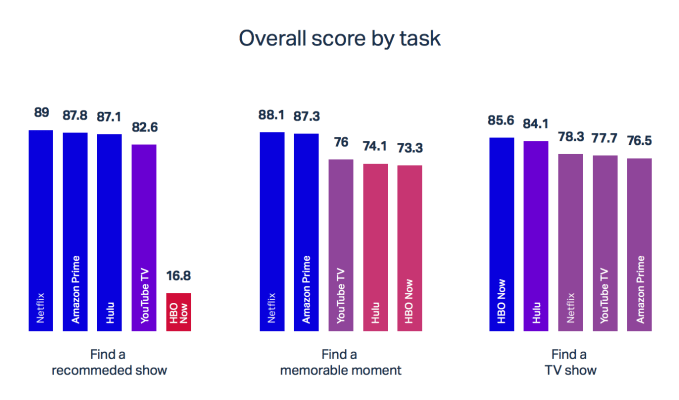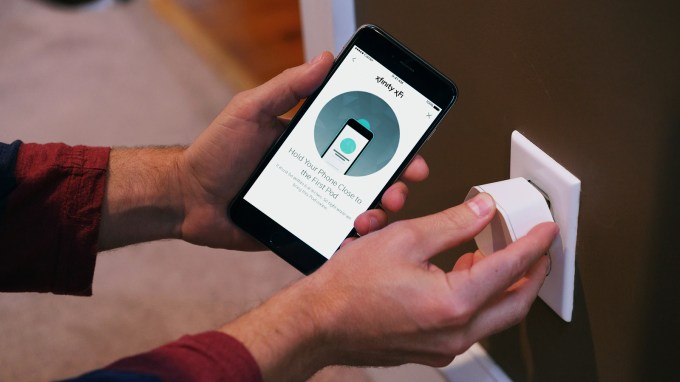One of the more interesting applications of AI to the world of advertising and marketing has been in how it’s being used to help measure and ultimately shape campaigns. Now, a company providing the technology to do that has raised a round both to expand its business in adtech as well as to tackle new applications in healthcare and education.
Realeyes, a London-based startup that uses computer vision to read a person’s emotional responses when they are watching a video as short as six seconds long, and then using predictive analytics to help map that reading to the video to provide feedback on its effectiveness, has raised $16.2 million in funding, money that it plans to use to expand in engineering and business development.
The rise of “smart” and connected hardware that picks up data as much as produces it is the opportunity that Realeyes is tapping. “We are surrounded by devices with cameras and microphones in them,” CEO and founder Mihkel Jäätma said in an interview.
The Series A round comes after a strong run of growth at the company. It says that revenues have shot up 932 percent in the last four years, and it has added customers like Coca Cola, Mars, Publicis, Turner and Oath (which also owns TechCrunch) to its books.
Realeyes is not wasting time in bringing on extra talent to support the expansion. Barry Coleman, formerly at LootCrate, is coming on as COO. And Maja Pantic, a professor of affective and behavioural computing at Imperial College London who had been on the Realeyes Advisory Board, is getting “a more hands-on role.” Both will report to Jäätma, who started the company while still a student at Oxford.
The round was led by Draper Esprit, with participation also from Karma Ventures and Harbert European Growth Capital.
Draper Esprit recently had a big win in the area of marketing tech with another UK startup in its portfolio, when Oracle acquired Grapeshot for what one reliable source said was up to $400 million including earn-outs; Grapeshot had only raised $22 million in total.
Karma, meanwhile, is another notable investor: formed by the founding engineers behind Skype, the group announced a €70 million fund earlier this month focused on “deep tech”, and this is one of the first investments to come out of that fund. (And in addition to the affinity for what Realeyes is doing, there is another connection: those early Skype engineers are Estonian, and Realeyes’ Jäätma also hails from there.)
There have been a number of notable startups using advances in computer vision and big data analytics to gather more information about how people are responding to ad campaigns.
Two of the more notable of the group have recently made shifts. Affectiva started with ad tech but now has expanded into automotive (and coincidentally its former head of sales joined Realeyes two weeks ago). And Emotient also started with ads but then was acquired by Apple. But there are plenty of others. They include startups like Kairos and SightCorp, as well as heavyweights like Microsoft, which offers its own API for detecting the emotions of people watching your content.
Jäätma said that Realeyes stands apart from the pack for a few reasons. The first is the size of the company’s database. “We have hand-labelled over 15 million frames of naturally-occurring emotions, with up to seven human assessments for each frame over the last decade,” he said.
The second is what the company does with that data, specifically in relation to video. “Commercially, we have invested more in the full platform around the core measurement technology,” he said, which includes predictive analytics that even provide data on how users’ responses to videos will impact sales of the item being advertised. “Marketers can actually use emotional intelligence to drive business outcomes.”
“Realeyes is changing the way marketers can measure impact through their cutting-edge technology. Artificial Intelligence will continue to change the way we understand each other – even our emotions,” said Stuart Chapman, COO at Draper Esprit, in a statement. “Realeyes is well positioned to fundamentally change the way the advertising industry can be more engaging to its audiences.”
“Driving business outcomes” is also very important right now because there has been a lot of scrutiny over how users are tracked around the web, this could give brands, agencies, media platforms and others a key way to gleaning effectiveness without having to do get too invasive.
(And to be completely clear, Jäätma said that Realeyes’ technology is applied on small pools of users, and only by way of opted-in panels. In other words, this is not tech that will suddenly start recording your responses to online ads you might come across in your daily web browsing.)
And the fact that Realeyes is able to draw conclusions from even short video clips is also interesting: it plays into the fact that a lot of video ads today are a turn-off if they last too long, and so marketers are looking for shorter and more engaging formats to offset that issue.
Notably, the company currently is not working with Google’s YouTube, but it has been running tests with other video players, a pilot with Virool, to see how opt-in campaigns on high-traffic sites might work. (You could, for example, imagine something like this being used in a consumer survey campaign format, which could also potentially position Google as a competitor to Realeyes, too.)
While a lot of Realeyes’ focus will continue on the marketing and advertising world, it’s also starting to look at other areas — specifically health tech — specifically looking at how to help detect depression — and education, here specifically looking at ways of improving how students stay engaged with digital learning content.
Even with a squarely opt-in model behind what Realeyes does now, there are, of course, still challenges that the company will need to overcome.
For example, one big story in the news in recent weeks has been about resignations of employees at Google who were unhappy with how the company would potentially start working on AI projects with government groups. Even if Realeyes is largely still in the domain of deep tech — more than half of its employees are engineers and working in R&D — and figuring out new ways of gleaning psychological information from small fragments of video and facial responses, there is will always be a question mark for any new tech company about how it would feel about how this might work across any and all applications.
“It’s a great question but it hasn’t come up with us yet,” Jäätma said. “We’re not having such conversations and use cases. We’re still a 65-person company and that is an important enough discussion that we would take a [collective] point of view, but we haven’t had to yet. The smartest people in science are also pondering those things and don’t have the final answers.”










